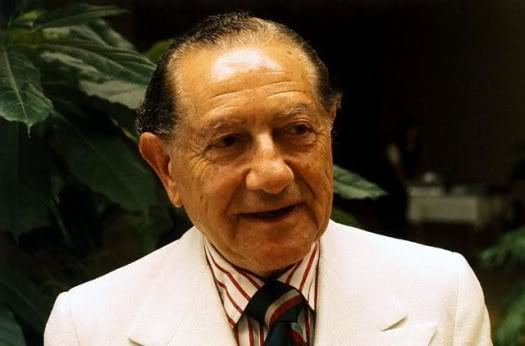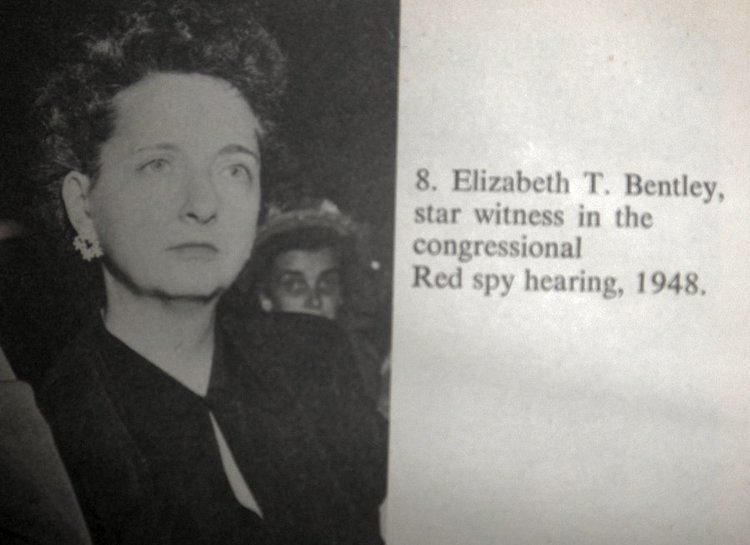Name Louis Nizer Role Lawyer | ||
 | ||
Books My life in court, The Implosion Conspiracy, The jury returns Nominations Edgar Award for Best Fact Crime | ||
Jfk assassination debate mark lane vs louis nizer february 11 1967
Louis Nizer (February 6, 1902 – November 10, 1994) was a noted Jewish-American trial lawyer and senior partner of the law firm Phillips, Nizer, Benjamin, Krim & Ballon.
Contents
- Jfk assassination debate mark lane vs louis nizer february 11 1967
- Louis nizer mp4
- Early life
- Legal career
- Other work
- Film television and stage portrayals
- Personal life
- Works
- References

Louis nizer mp4
Early life

The son of Joseph and Bella Nizer, he was born in London, before coming to the United States as a child. His father was the owner of a Brooklyn dry-cleaning business. As a youth, he won a government citation for his patriotic speeches during Liberty Loan drives in World War I.

He was a graduate of Columbia College and Columbia Law School. He twice won the Curtis Oratorical Prize as a Columbia undergraduate.
Legal career

He co-founded a legal partnership with Louis Philips in 1924, which later grew into the legal firm of Phillips, Nizer, Benjamin, Krim & Ballon. For a number of years, Nizer was listed in the Guinness Book of World Records as the "highest-paid lawyer in the world". He represented many celebrities in a variety of cases, including Johnny Carson, Salvador Dalí, Mae West, Julius Erving, and Roy Fruehauf of the Fruehauf Trailer Corporation.
His most famous cases, however, involved representing Quentin Reynolds in his successful libel suit against columnist Westbrook Pegler, and representing the broadcaster John Henry Faulk against AWARE, a right-wing organization that had falsely labeled him a communist. His representation of Reynolds served as the basis for the Broadway play A Case of Libel, while his legal victory in the Faulk case was credited with "breaking the back of blacklisting in broadcasting."
Other work
In addition to his legal work, Louis Nizer was an author, artist, lecturer, and advisor to some of the most powerful people in the worlds of politics, business, and entertainment. He wrote several books, among them the best-selling "My Life In Court" in 1961, about many of his famous cases, which spent many weeks on the New York Times bestseller list. He also wrote "The Implosion Conspiracy" in 1972, a study of the Julius and Ethel Rosenberg espionage case.
With Jack Valenti, Nizer helped create the motion picture ratings system of the Motion Picture Association of America, which he served as general counsel.
After the assassination of John F. Kennedy, he authored the foreword to the Warren Commission report that investigated JFK's murder and the conspiracy theories that still surround it.
Film, television, and stage portrayals
Nizer was portrayed by George C. Scott in the 1975 CBS made-for-television film, Fear on Trial, co-starring William Devane as the blacklisted radio personality John Henry Faulk.
Both on stage and on television, Van Heflin portrayed Robert Sloane, a fictionalized version of Nizer, in the play A Case of Libel, which dramatized the Quentin Reynolds - Westbrook Pegler trial. The playwright was Henry Denker. The play was first televised on commercial television, but a new production shown on cable television in the 1980s, and later PBS, starred Edward Asner as Sloane and Daniel J. Travanti as Boyd Bendix, who was based on conservative columnist Westbrook Pegler.
Personal life
Nizer was married to his wife Mildred for over 50 years until her death in 1993. Over his life, Nizer bestowed significant grants and charity to many Jewish causes. He died at the age 92 in New York City in 1994, having continued to work at his firm until 10 days before his death. He was survived by two stepchildren and several step-grandchildren and step-great-grandchildren.
